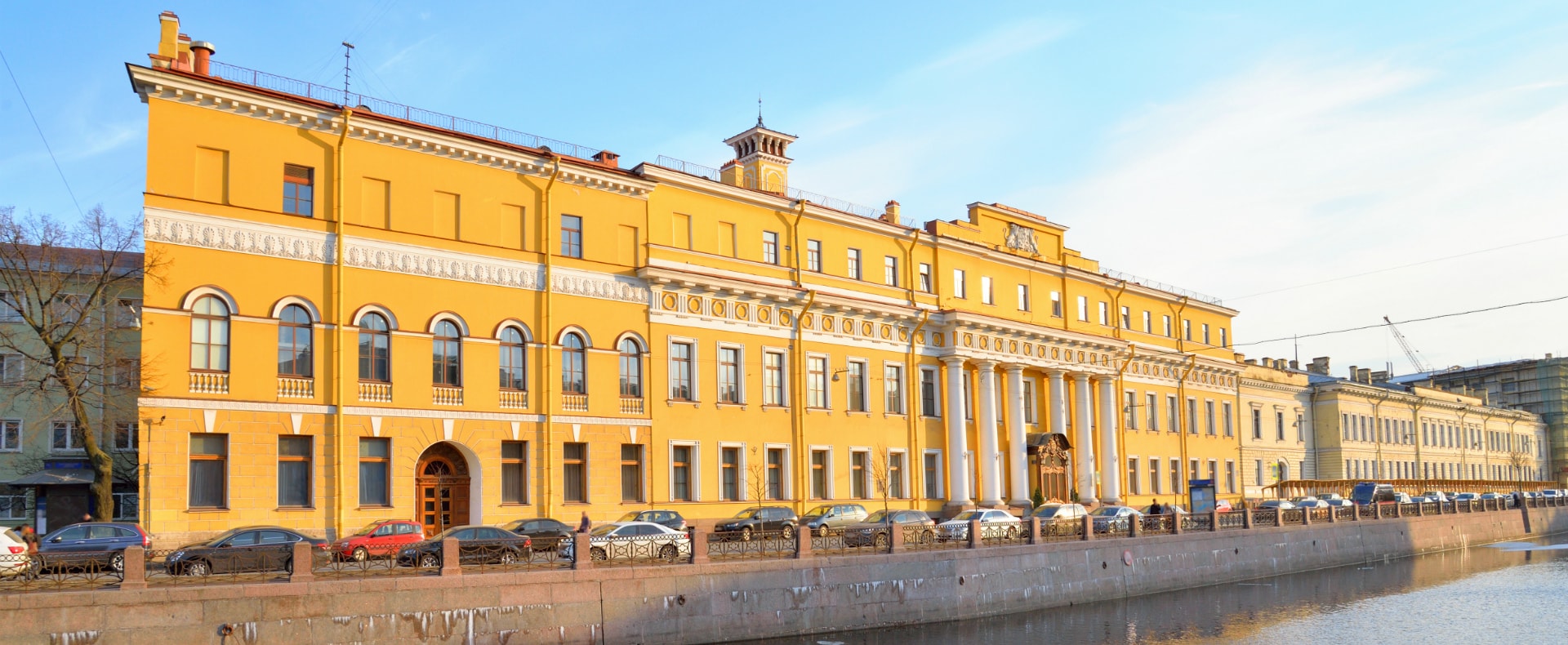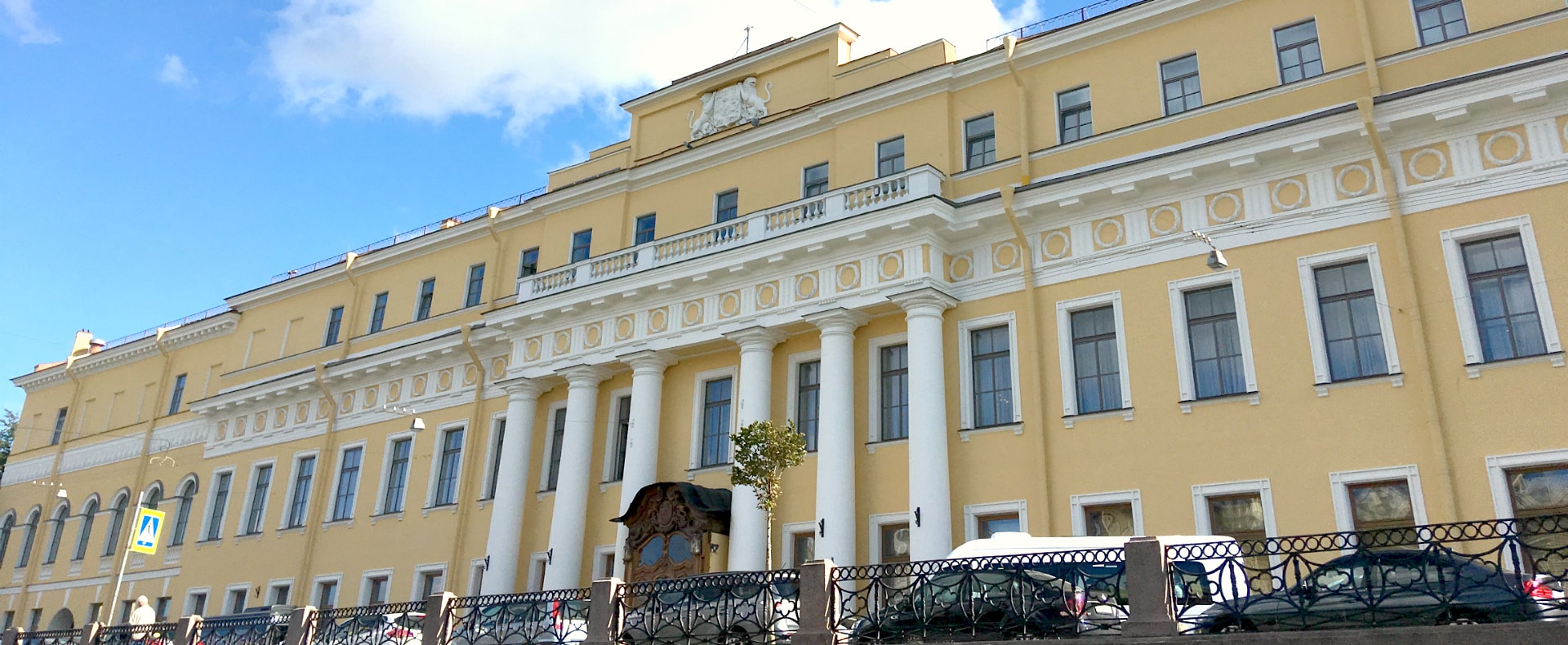Yusupov Palace stands on the embankment of the River Moyka in the very center of St. Petersburg, thus explaining its second name "Moyka Palace". This unassuming yellow building is not nearly as grand as other St. Petersburg palaces, but its past is far more sinister and haunting.
Built-in 1770, the palace didn't come into ownership by its namesake family until 1830. The first Yusupov resident was Prince Boris Nikolaievich, who moved in with his second wife and son. The Yusupov Palace served the noble family for five generations.
Descendants of the ancient Khan line, the Yusupovs became known for their extravagant wealth and dedicated philanthropy work, a respected trait among their contemporaries and subjects.
The interior of the palace is unique in design. Since numerous architects were assigned to projects over the years, Yusupov Palace became a mishmash of different styles, creations, and décor. Nevertheless, it retains much of its original structures, including the warmth of the Yusupov family’s private chambers.
Rasputin Museum at Yusupov Palace
However, this architectural marvel is perhaps best known as the location of the murder of Grigory Rasputin, the event that earned this palace’s fame occurred in 1916. The last Prince Yusupov, Felix, invited Rasputin to dinner at his palace.
Rasputin had earned a reputation among Russian nobles for having influence over the Tsar and the royal family and was known to have supernatural abilities regarding the spiritual realm.
Felix, like most Russian nobles, viewed Rasputin as a threat to the security of the Russian Empire, and on the evening of December 16 murdered him. According to the Yusupovs, he was murdered with a combination of gunshots, poison, and beatings, as the otherworldly Rasputin resisted all attempts.
Finally, they wrapped his body in a blanket and tossed him into the Moyka River. Just under a year later, Russia would erupt in the revolution in 1917. The Yusupov Palace is now a museum dedicated to the murder of Rasputin as well as a public museum of the palace’s architecture.
It is a popular tourist destination and a grand museum full of exuberantly decorated rooms and a jewel-like theater where the best plays are still staged.
With its gentle yellow walls, the Palace is able to enhance your upcoming St. Petersburg tour as it invites visitors to immerse into late Russian Imperial history and culture.




